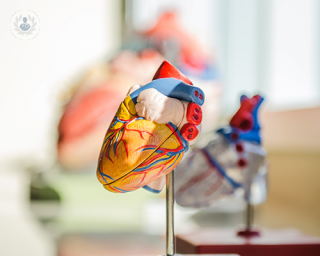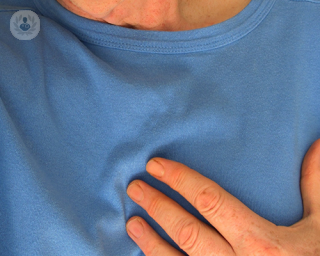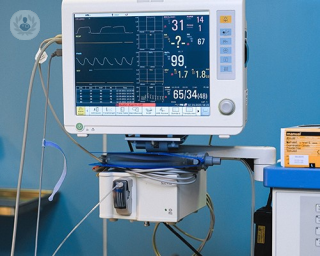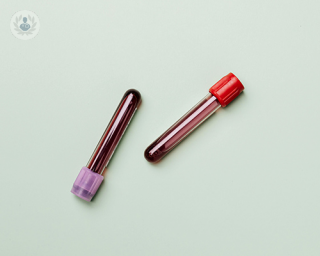
By Mr Mohamed Abdelhamid
11.07.24
Cardiology
Aortic aneurysm: how does it develop?
An aortic aneurysm is a serious medical condition where the wall of the aorta, the largest blood vessel in the body, becomes weakened and bulges outwards. This can occur in any part of the aorta, which runs from the heart down through the chest and abdomen. The bulging can lead to serious complications if it bursts or ruptures. Renowned consultant cardiologist Mr Mohamed Abdelhamid explains what an aortic aneurysm is, how it develops, and what can be done about it is crucial for anyone at risk.

















